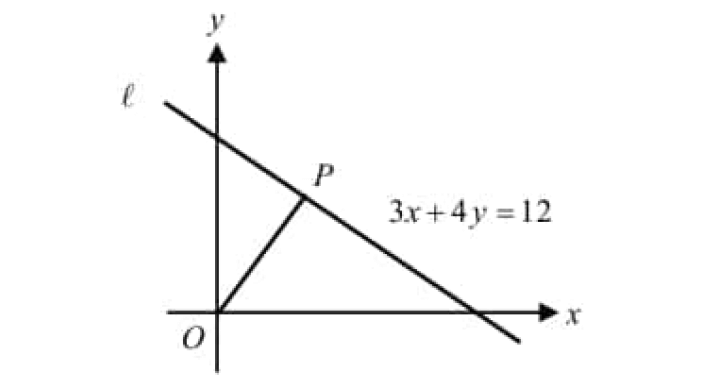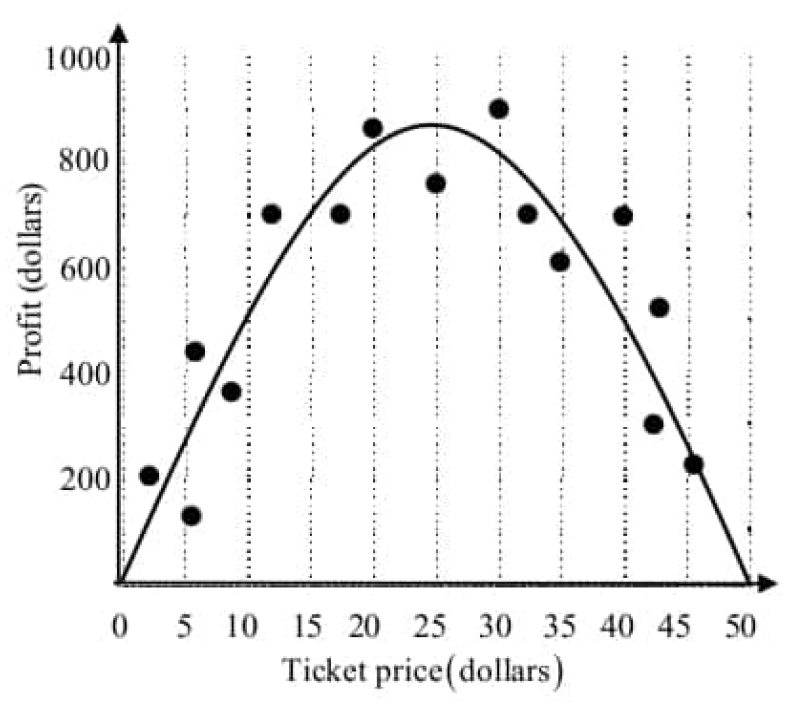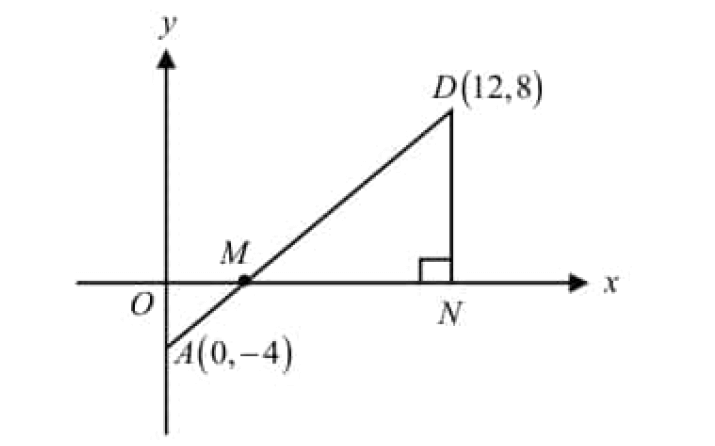FINANCIAL APPLICATIONS OF GEOMETRIC SEQUENCES AND SERIES
Compound Interest
One common application of geometric sequences is compound interest. This is calculated by applying a percentage increase to an initial sum, then applying the same percentage increase to the new sum and so on.
Interest rates are often quoted annually but then compounded over different periods.
For example, monthly, quarterly or half yearly. The quoted annual interest rate is split equally amongst each of these periods.
Example 1 :
A savings account has an annual interest rate of 3% compounded monthly. Find the amount in the account 18 months after $5000 is invested.
Solution :
It is given that the annual interest rate is 3%.
The monthly interest rate :
= 3/12
= 0.25%
The decimal form of 0.25% :
= 0.25/100
= 0.0025
An increase of 0.25% is equivalent to multiplying by the factor (1 + 0.0025) or 1.0025.
Amount in the account after
1 month : 5000(1.0025)
2 months : 5000(1.0025)2
3 months : 5000(1.0025)3
This is a geometric sequence with
a1 = 5000(1.0025) and r = 1.0025
Use the formula an = a1rn-1 to calculate the amount in the account after 18 months.
a18 = 5000(1.0025)(1.0025)18 - 1
= 5000(1.0025)(1.0025)17
= 5000(1.0025)18
= 5229.85
Annual Depreciation and Inflation
An asset, such as a car, will tend to lose value or depreciate. The method of calculating the value of an asset after depreciating is exactly the same as for compound interest, except that the percentage change will be negative.
For example, an annual depreciation rate of 15% would correspond to multiplication by 0.85.
That is,
= 1 - 15/100
= 1 - 0.15
= 0.85
Over time, prices tend to rise. The average percentage increase in prices over a year is known as the inflation rate.
The effect of inflation is that the value of money decreases or depreciates over time. The value of money after being adjusted for inflation is known as the value in real terms. If nothing else is said then you should assume that this is relative to the initial time.
For example, if the inflation rate is 2% in a given year, then $100 at the beginning of the year will be worth, in real terms, $98 at the end of the year.
The percentage change in real terms, r%, is given by
r = c − i,
where c% is the given percentage change and i% is the inflation rate.
Approximation :
In fact, the method explained above for finding the value in real terms is just an approximation – which is very good for small percentage changes. The true value can be found by multiplying
(1 + c/100) / (1 + i/100)
Example 2 :
An investment account offers 2% annual interest. Neil invests $1000 in this account for 5 years. During those 5 years there is inflation of 2.5% per annum. What is the value in real terms of Neil’s investment after those 5 years.
Solution :
Annual interest rate (c) : 2%
Annual inflation rate (i) = 2.5%
The annual real terms percentage change is
= c - i
= 2 - 2.5
= -0.5%
A decrease of 0.5% is equivalent to multiplying by the factor (1 - 0.005) or 0.995.
The value in real terms after
1 year : 1000(0.995)
2 years : 1000(0.995)2
3 years : 1000(0.995)3
This is a geometric sequence with
a1 = 1000(0.995) and r = 0.995
Use the formula an = a1rn-1 to find the value of the investment in real terms after 5 years.
a5 = 1000(0.995)(0.995)5 - 1
= 1000(0.995)(0.995)4
= 1000(0.995)5
≈ $975
Example 3 :
After how many complete years will a starting capital of $5000 first exceed 10000 if it grows at 6% per annum.
Solution :
a = 5000
r = 6%
a (1 + r)n > 10000
5000 (1 + 0.06)n > 10000
5000 (1.06)n > 10000
(1.06)n > 10000/5000
(1.06)n > 2
n ln 1.06 > ln 2
n > ln 2/ln 1.06
n > 0.693/0.058
n > 11.94
So, approximately 12 years.
Miles joined the Apollo Golf and Gym Club in January 2005. The annual fee was £672 then. Since 2005 the fees have increased steadily by 4% every year.
(a) How much was the membership fee in 2010?
(b) How much in total did Miles pay in membership fees from 2005 to 2010?
Solution :
Annual fee = 672
Since the fee increases steadily 4%, it comes under geometric sequence.
672, 104% of 672, 104% of (104% of 672),...........
672, 1.04(672), (104)2 672, ..................
a = 672, r = 1.04
a)
To find the membership fee in 2010, we have to find the 5th term of the sequence.
an = a1rn-1
a5 = 672(1.04)5-1
= 672(1.04)4
= 672(1.169)
= 786.14
b) sn = a(rn - 1)/(r - 1)
= 672(1.045 - 1) / (1.04 - 1)
= 672(1.2166 - 1) / 3
= 20437.2
So, the total fee from 2005 to 2010 is 20437.2.
Kindly mail your feedback to v4formath@gmail.com
We always appreciate your feedback.
©All rights reserved. onlinemath4all.com
Recent Articles
-
Digital SAT Math Problems and Solutions (Part 240)
Aug 02, 25 02:42 AM
Digital SAT Math Problems and Solutions (Part 240) -
Digital SAT Math Problems and Solutions (Part - 239)
Aug 01, 25 08:37 PM
Digital SAT Math Problems and Solutions (Part - 239) -
Digital SAT Math Problems and Solutions (Part - 238)
Aug 01, 25 06:10 AM
Digital SAT Math Problems and Solutions (Part - 238)


